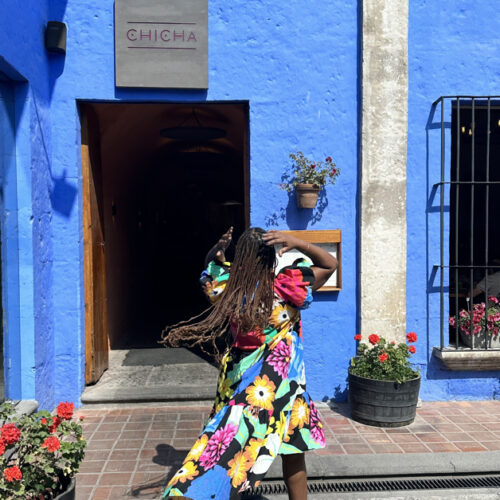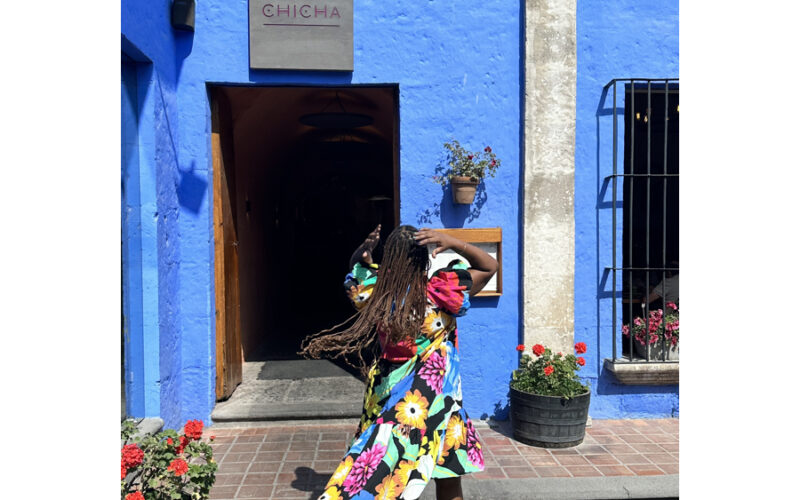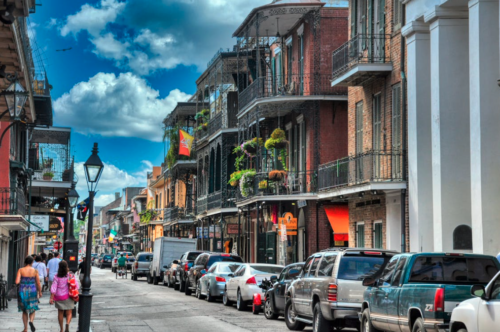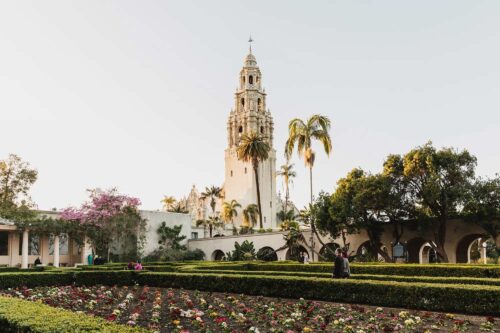If you just went to Peru solely for the food, you would be making an excellent decision. Our recent trip was truly a feast for the senses; not just rich culture and history, or vibrant fashion, but for the incredible cuisine that’s so diverse and delicious in every single place we visited.
From the heights of Arequipa to the bustling streets of Lima, the local Peruvian cuisine will absolutely have us coming back for more. Here’s our guide to a few restaurants, and their divine dishes:
Local gems: At Restaurant Chicha in Arequipa, named after the iconic purple corn drink, we indulged in the rich flavours of local dishes. Ceviche, lomo saltado, jalea, and leche de tigre were among the plates we tried. Each was a culinary masterpiece, bursting with local ingredients and an explosion of colour – often from the bright yellow ají amarillo, yellow chilli peppers, that are famous in Peru.
“This Chicha bread is so good you don’t even need butter!”
Ikponmwosa, Day 5 of 5 in Peru, completely obsessed with Chicha in every form.
Must-try dishes: Taking cues from locals we met throughout the trip, we dived into authentic Peruvian treasures. Causa limeña, a potato sandwich layered with chicken, avocado, tomato, and salsa, showcased the country’s diverse flavors. Yellow pepper noodles, a local specialty, highlighted the unique Peruvian pasta experience.
Chinese-Peruvian fusion: Intriguingly, a Chinese influence has woven its way into Peru’s gastronomy. Originating from Chinese immigrants who came to work in cotton plantations, the fusion cuisine known as Chifa offers delights like Arroz Chaufa, a fried rice dish that is a delicious mix of South American and Asian flavours.
The versatility of alpaca: Venturing into local specialties, we tried alpaca meat at a restaurant where the menu featured this delicacy as the star. Cooked to preference, the alpaca meat, accompanied by corn and potatoes, offered a taste reminiscent of succulent pork chops. It’s important to note here that alpaca are not slaughtered for meat at a young age like most livestock. Instead, when the alpaca is too old to produce fine enough fur, the animals are used for meat. This is an example of the circularity of the Peruvian culture surrounding alpaca farming – nothing is wasted.
A history of potatoes: With over 3500 varieties of potatoes, they feature prominently in numerous Peruvian dishes, each highlighting the diversity of this humble yet versatile vegetable. The Incas are believed to have cultivated potatoes as far up as the Andes and the potato has been part of classic Peruvian dishes ever since. We tried Papa a la huancaína (meaning Huancayo-style potatoes) which consists of boiled potatoes in a spicy, creamy sauce made of queso fresco (fresh white cheese) and sautéed or grilled ají amarillo red onion and garlic – so delicious!
Altitude treats: A more practical consumption used to combat altitude sickness, we drank a tea locals enjoy that’s made from coca leaves – the same plant used in the production of cocaine! It’s a traditional remedy and a must-try for visitors to help adjust to the elevation.
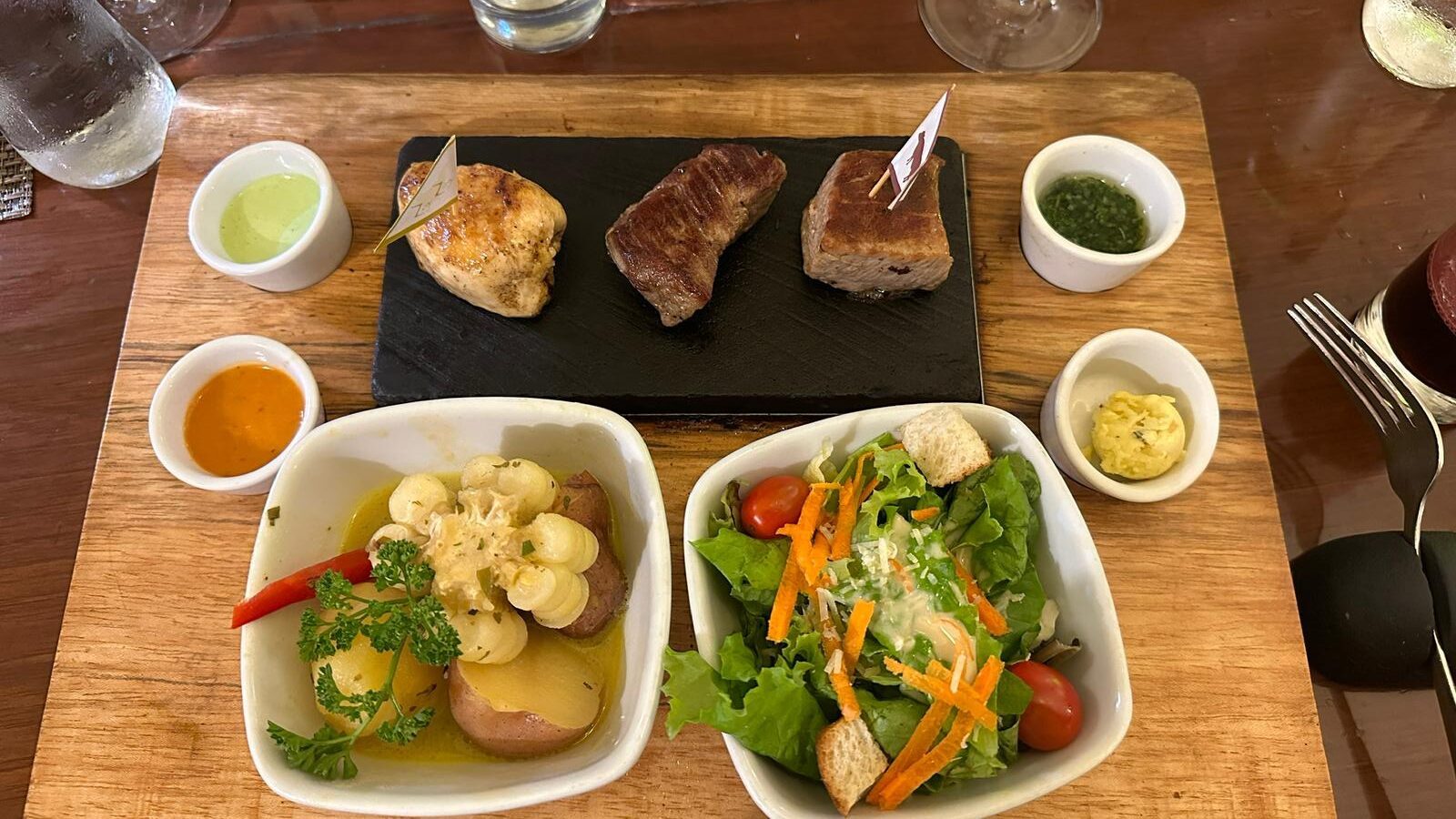
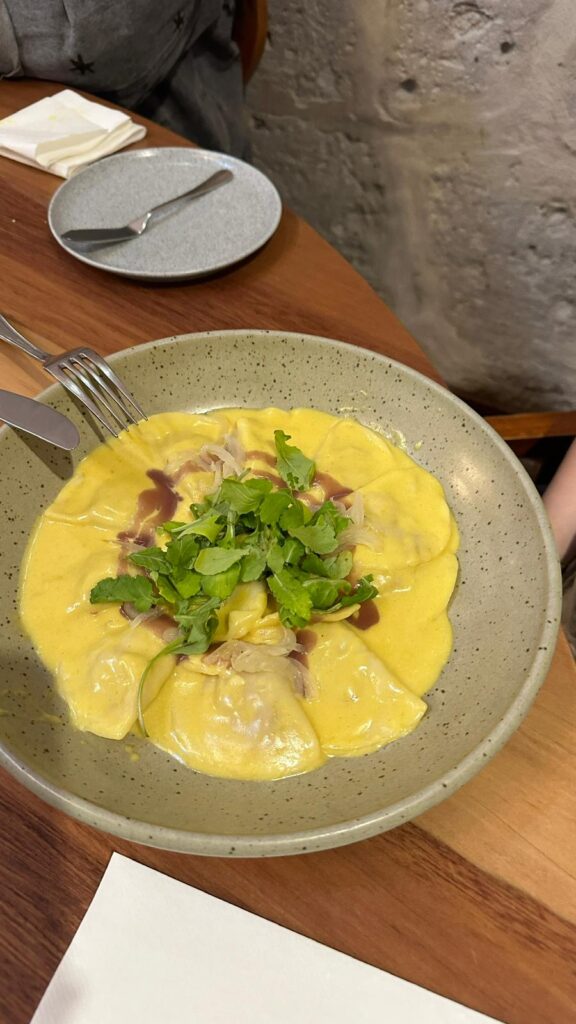
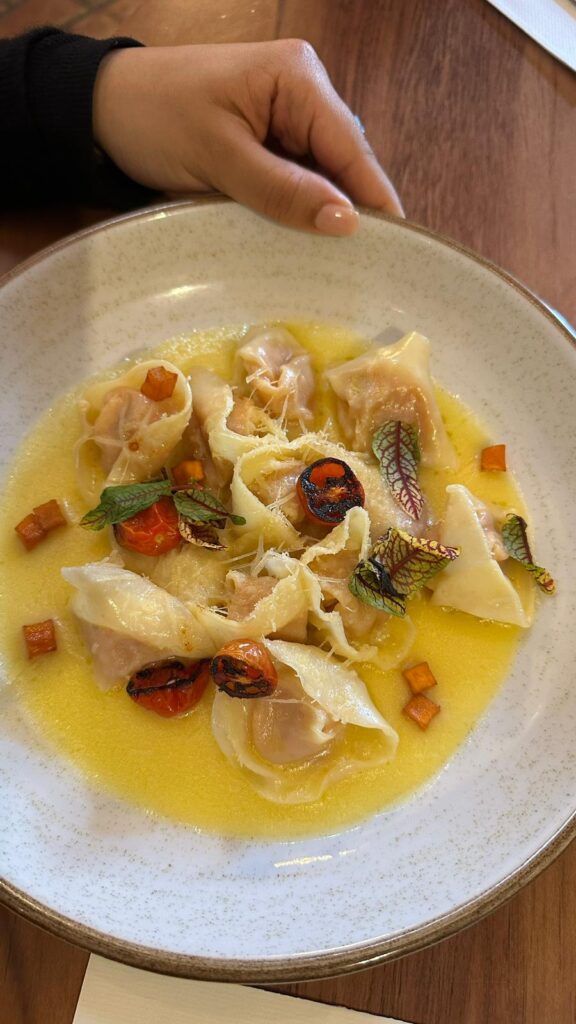
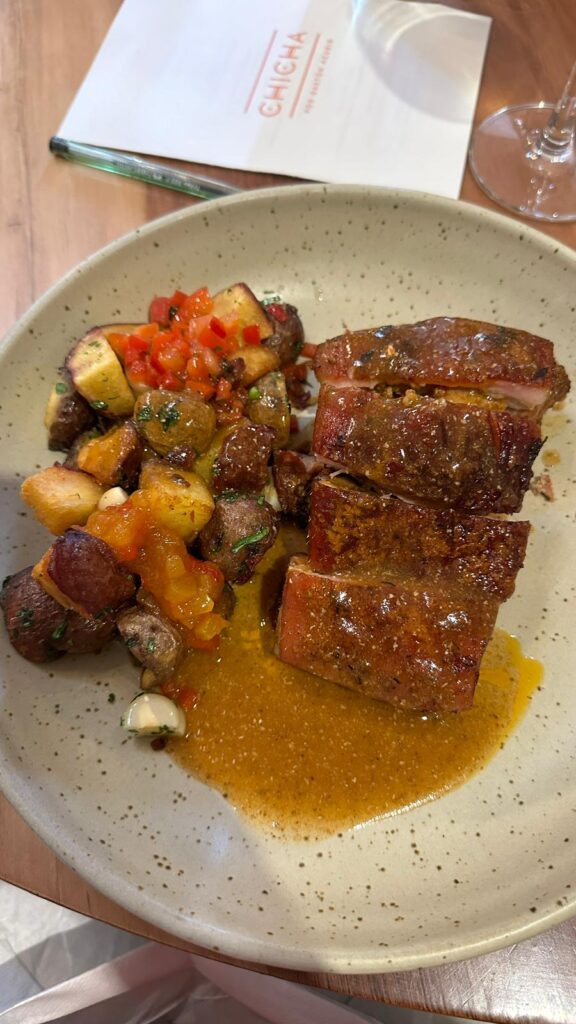
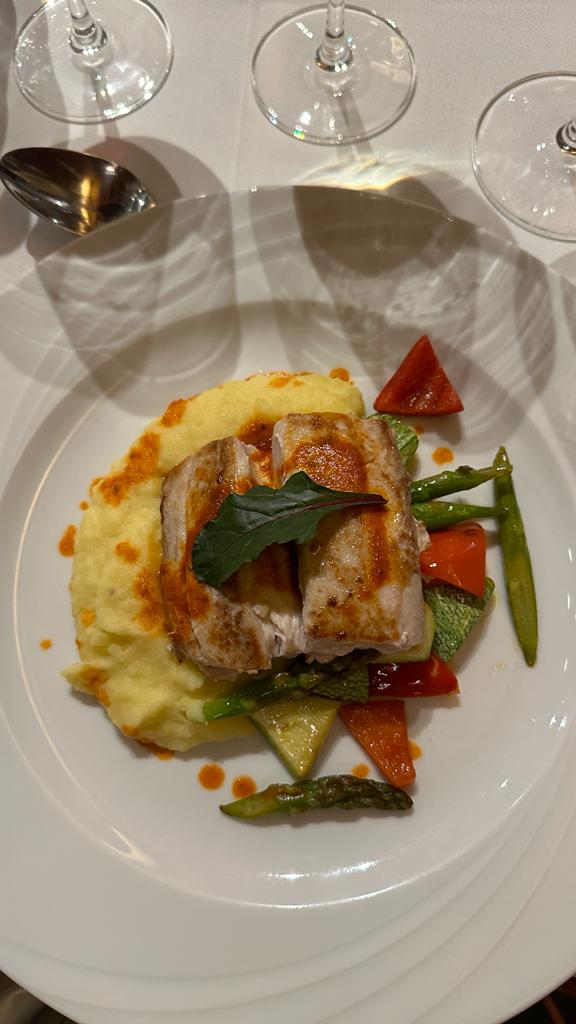
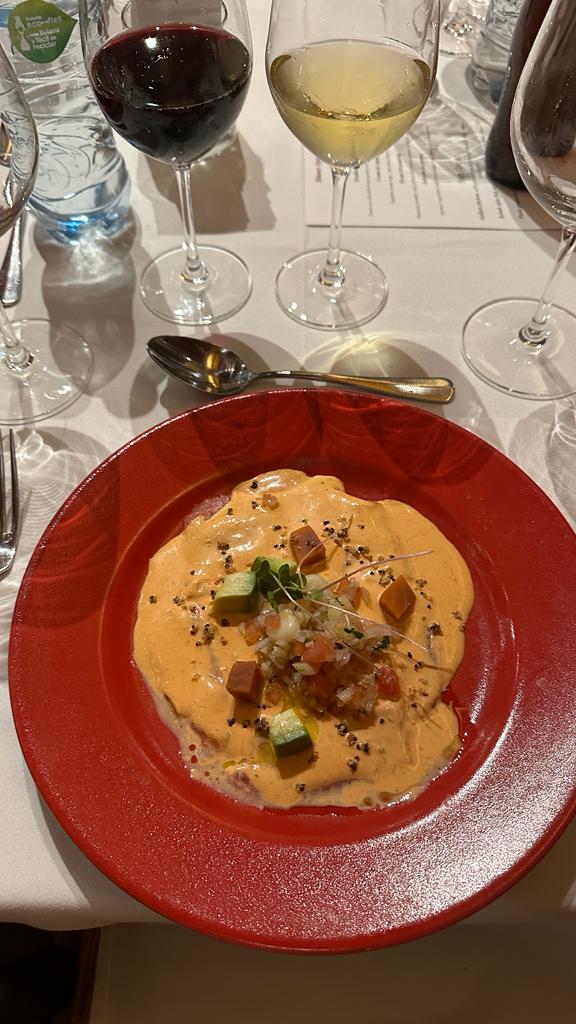
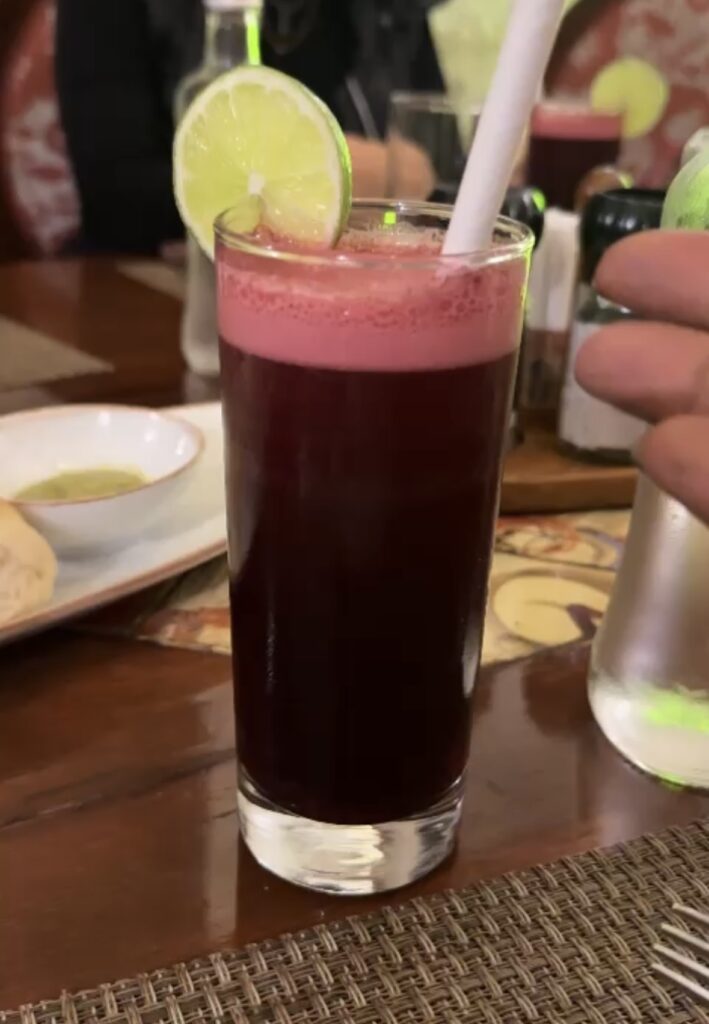
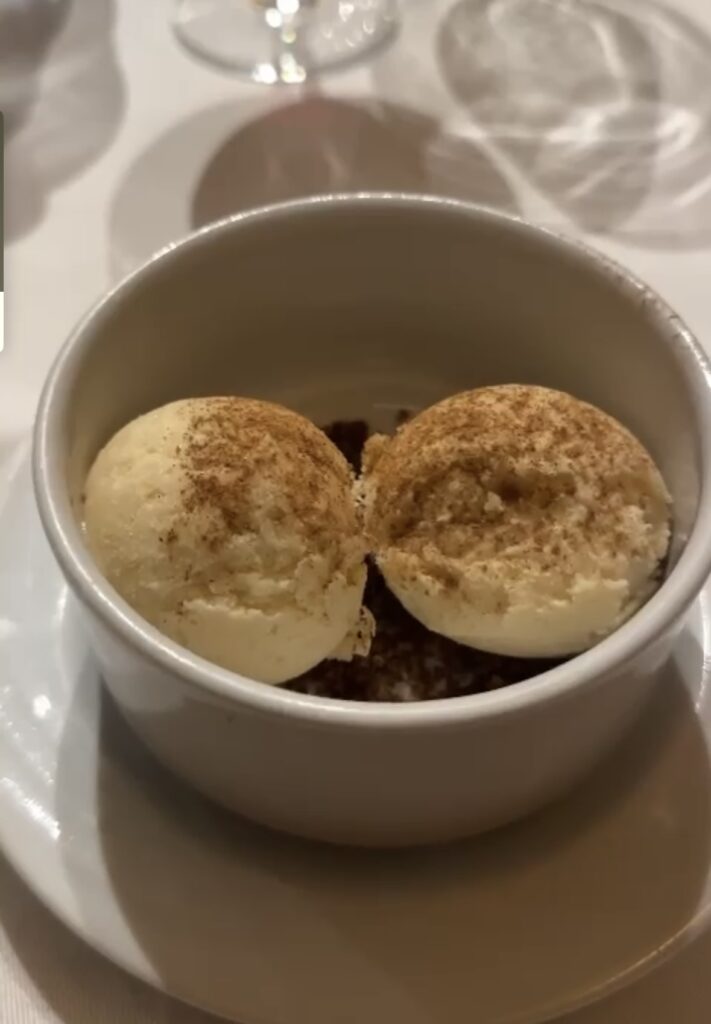
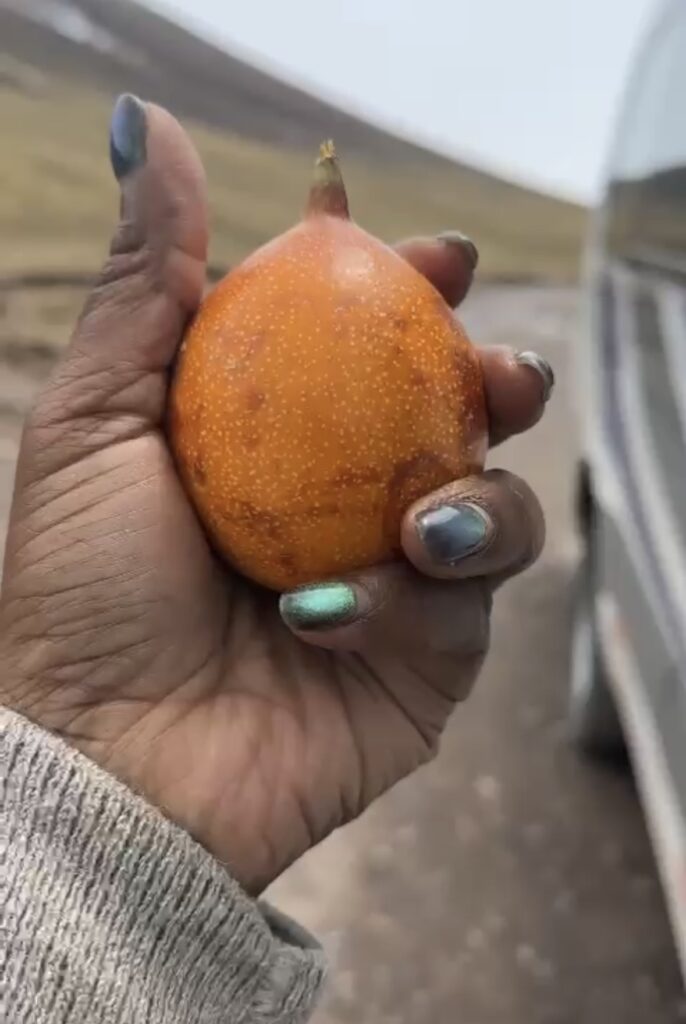
Our recommendations from the trip: From our culinary exploration, we highly recommend Chicha and Zig Zag restaurants in Arequipa, as well as the Ortega and 27Tapas restaurants at the Iberostar Miraflores, Lima.
A journey to Peru for the food alone is an adventure worth savoring. Whether enjoying a bowl of Chicha morada or savouring the unique fusion of Chifa, every bite is a celebration of Peru’s rich culinary heritage.

